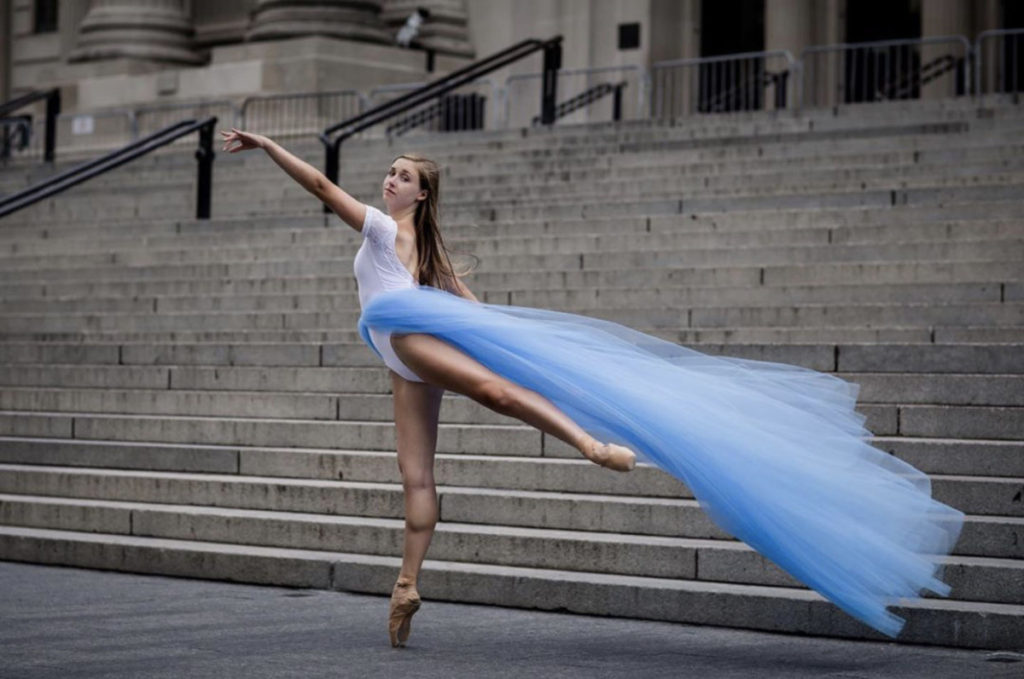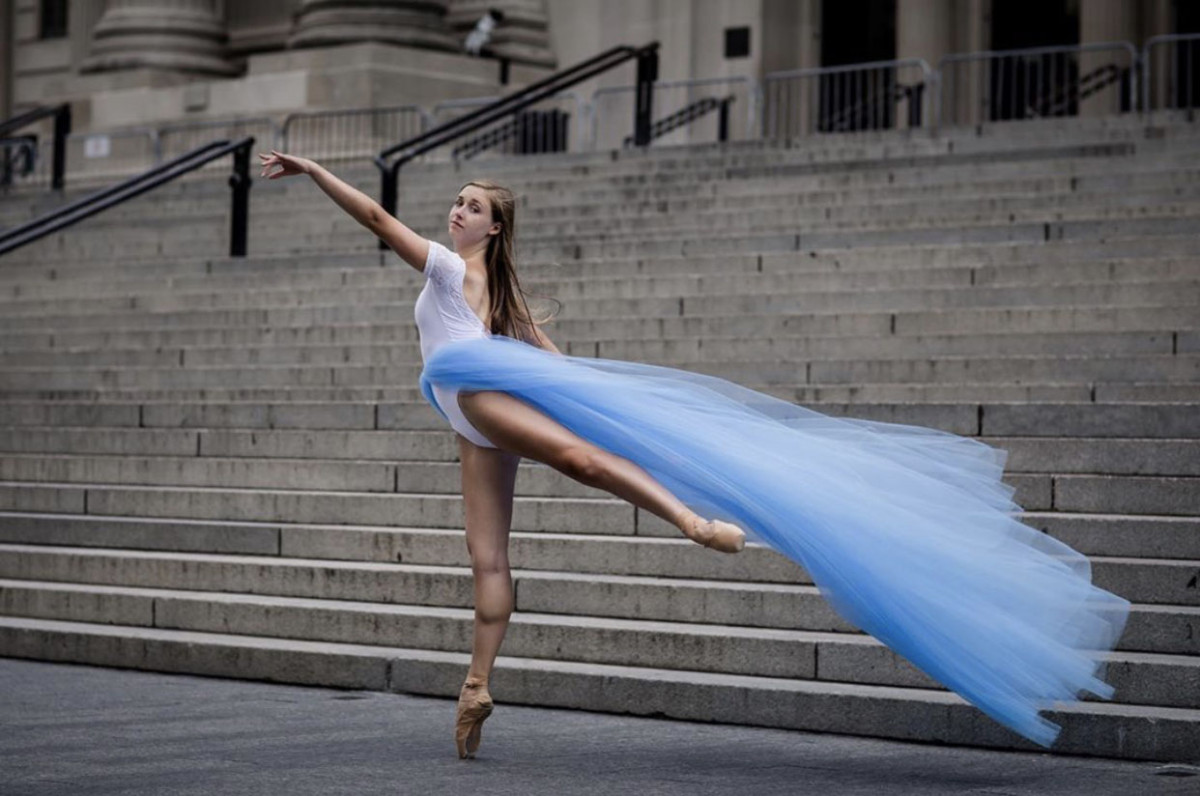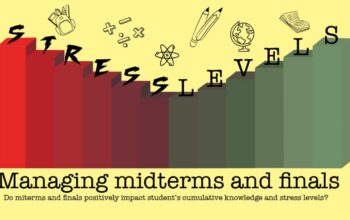Madison Grenauer, Editor-in-Chief
@madisongcourant
As COVID-19 shutters theatres and prevents public displays of the arts, dancers and their companies are finding ways to adapt to this altered reality. With a career that involves a certain admiration for the subject, dancers have been finding ways to keep themselves on track for hopeful future success. Many companies have now started to offer Zoom classes as a way to continue the training of many of their dancers from the limited spaces in their homes. Because dance is a career that relies on its revenue coming from performances and its audiences, companies must face the question of how they can continue to safely showcase their pieces

Seattle, Washington’s Spectrum Dance Theatre Corps member Emily Pihlaja discussed how she and fellow dancers have been continuing their training despite the posed limitations present within their living quarters.
“There’s been a lot of dancing in the living room, a lot of Zoom classes as well,” Pihlaja said.“There have been some incredible teachers giving free classes online, so that has been really interesting.”
Other dancers in addition to Pihlaja have been able to perform in some new and innovative ways. Companies such as New York City Ballet, Los Angeles Ballet, and Spectrum Dance Theatre have been able to host virtual outdoor performances. Along with filmed live shows, NYCB and LAB have also been able to gather archival footage, resulting in full ballets that viewers can watch from the safety of their couches.
New York City Ballet Corps Dancer Mary Liz Sell was asked to take part in an outdoor recorded performance for the Battery Park Virtual dance festival. With the limited number of in person dance classes available dancers like Sell were elated to accept the offer.
“I immediately jumped on that chance, it was an opportunity to perform. I also knew Tom and was certain that he would take our safety very seriously” said Sell.
Not only are dancers on the east coast getting the chance to perform, but dancers from California, such as Linnea Swarting from LA Ballet, are able to virtually perform despite the recent uptick in Covid-19 cases.
Swarting was given the opportunity to take part in Ballet Project Orange County which offered dancers from LA Ballet and various other companies to take part in a two week rehearsal for a virtual live streamed performance.

“This was really interesting and a new experience for me because obviously we didn’t have an in person audience so you don’t get that same kind of feeling as a live performance, but there was that same kind of energy” said Swarting.
Despite the various opportunities given to dancers virtually, ballerinas have been experiencing a difficult time fully expressing themselves through their movements in such limited spacing.
“I’m definitely out of shape. Even with a four by four marley square it’s not the same as being in a studio and being able to move,” said Philaja, referencing the small square dance flooring used during virtual classes. “The discipline is definitely different, you have to have a lot of self discipline. It has been really hard having to hold myself accountable.”
Not only are dancers missing the expression of movement, but some are starting to realize what they have unconsciously taken for granted.
“I think the thing that I am finding now that I miss the most is the live orchestra. I mean I miss the audience, I miss everything about performing, but the music is what I miss the most” said Mary liz Sell. “Whether I’m aware of it or not [the music]is definitely influencing my internal emotions and my expression as well. Not having that music feels like a loss, I feel like I grieve that.”
Other dancers, such as Linnea Swarting, have been recognizing just how difficult mentally it is to maintain such a strict schedule like the one in her own company.
“A few of us have now been able to go back to the studio which has been really nice, but you know as dancers we are so used to being around our respective companies everyday, seeing the same people everyday and having a regular schedule” said Swarting referencing the aspects of dance she has started to miss the most. “Not seeing my co-workers and my friends has been really hard obviously, but not having that routine is kind of crazy for my body and my mentality.”
Despite the struggles mentally and physically of all dancers throughout the United States, companies have created new and effective ways to showcase their company members.




